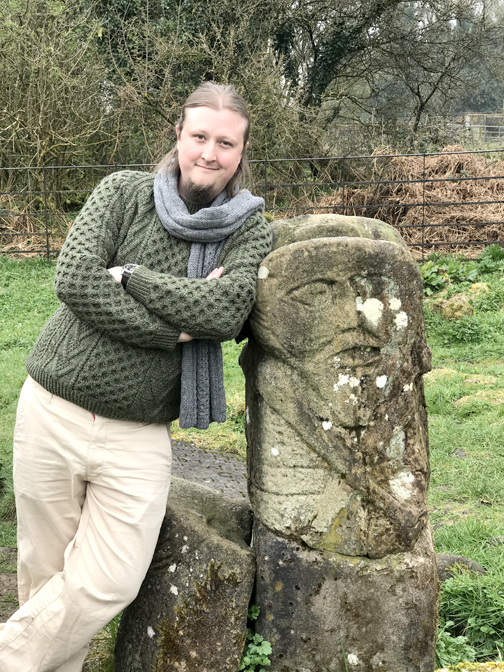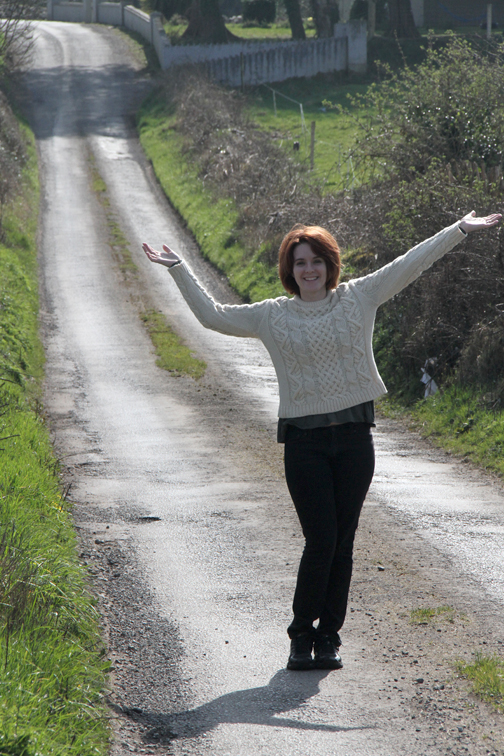This week, we kick off the spring season with the first of our upcoming series on international travel in Ireland. So before we dive in with all the places to see, restaurants to dine in and hotels to stay in, there are some things you should know about the country itself.
Ireland has had some tough times. Many of us remember hearing about “The Troubles,” the fighting between the Irish Republican Army, the British government and the Ulster Volunteer Force in Northern Ireland. This ended in 1998 and the country blossomed in the following tech bubble, which popped in 2008, leaving the country hurting again. Unemployment rates are just under 10% nationwide, which is high for a country of only 4.6 million. Despite this, the people of the country remain ever optimistic and welcoming, leading to a thriving tourism economy that is driven heavily by American tourists, mostly from California. So whereas traveling in France as a Californian may bring stares and rude service, traveling in Ireland as a Californian brings lively conversation about the difference in weather, the craziness of the most recent election and helpful hints from locals on where to visit next.
That is a big part of Ireland – talking to locals. In LA, you just keep your head down and don’t talk to people on the street because if you do they’ll think you’re a threat and a little crazy. In Ireland, always schedule extra time for the craic (pronounced crack), that is, talking with strangers. It is almost guaranteed on any given day that travelers will wind up in a 45-minute discussion with someone new. And not just exchanging pleasantries, but real conversations about politics, history, current events, travel, mythology and the like. The Irish love to talk, and that open, happy, glass-half-full optimism that one experiences when speaking with an Irishman is what got their civilization through 700 years of oppression and genocide. A few things not to bring up, though, are the American conception of leprechauns, pots of gold, alcoholism and the British. They may talk a while on the topic, but it just isn’t the right way to broach unpleasantness.
Getting around Ireland is best done by car. In my travels, I saw the whole of Ireland all the way around, including Northern Ireland. The whole island is only the size of Indiana, so it’s not as difficult as it sounds. Driving on the left side of the road is not that bad, and the steering wheel, being on the right side, is fine too, but the thing that bothered me was the narrowness of the roads. Sometimes the road was literally less wide than a large car, with the vehicle passing up on a bank to fit through the stretch. And this skinny road is a two-way street. I panicked a bit and my wife ended up driving most of the trip. Dublin was the worst for driving because the massive amounts of pedestrians swarmed the street without looking where they were going. And even as a pedestrian, I was nervous walking in the street with the masses as an oncoming car sped to a screeching stop before us. But if one can remain calm, driving isn’t that bad and it is the best way to see the country.
Food in Ireland is amazing. Gone are the days of bland foods, boiled and boring. Ireland serves, almost exclusively, organic produce and meat from local producers. The locavore movement is so widespread that it is not called a locavore movement, it’s called food. Any given place you dine, from five-star restaurants to McDonalds, has organic, local, no growth hormone foods, and they usually list the name of the food right alongside the farm or ranch it came from. For all the best in food listings, there is Good Food Ireland – like Zagats for Irish cuisine. They have suggestions and ratings on just about every restaurant that’s fit to dine in on their website, goodfoodireland.ie, which is more than I can count. Meals are large and often, always include potatoes in at least one style and you are expected to clear your plate completely, every time. In almost two weeks of fine dining at huge meals, I only cleared my plate once. And I’m built like a Hobbit. If you don’t clear your plate, the servers think there was something wrong with the meal and are very concerned, asking if everything was okay. I found that skipping lunch daily allowed for more courteous dinner results with our hosts.
Drinking is a way of life in Ireland. Not overconsumption, but having a Guinness every day on your way home because “Guinness is Good for You,” according to a famous poster. Whiskey and Guinness flow in every pub around the country and, with the Irish tradition of eating locally, you can find their local products – Bushmills, Tullamore D.E.W., Jameson, Glendalough, Teelings and Powers – featured regionally in small pubs and widely in larger ones.
A few final notes – tipping is not expected and should stay at 10% for really exceptional service, if at all. Don’t ask for a good whiskey mixed with anything – get a well liquor if you must mix, or enjoy the good whiskey on its own or with rocks. If you admit to being Scottish in Ireland, expect to be the butt of a few good-natured jokes. Wearing your brand new Aran Island wool sweater labels you as a tourist – I didn’t care, it’s a perfect sweater and I wore it anyway. And most importantly, eat the black and white pudding – don’t ask why or what’s in it, just eat it and shut up.
For more coverage of Ireland, check the Travel and Leisure section of CV Weekly in the coming weeks as we profile some amazing hotels, restaurants, regions and attractions, starting this week with Barberstown Castle in Straffan.


